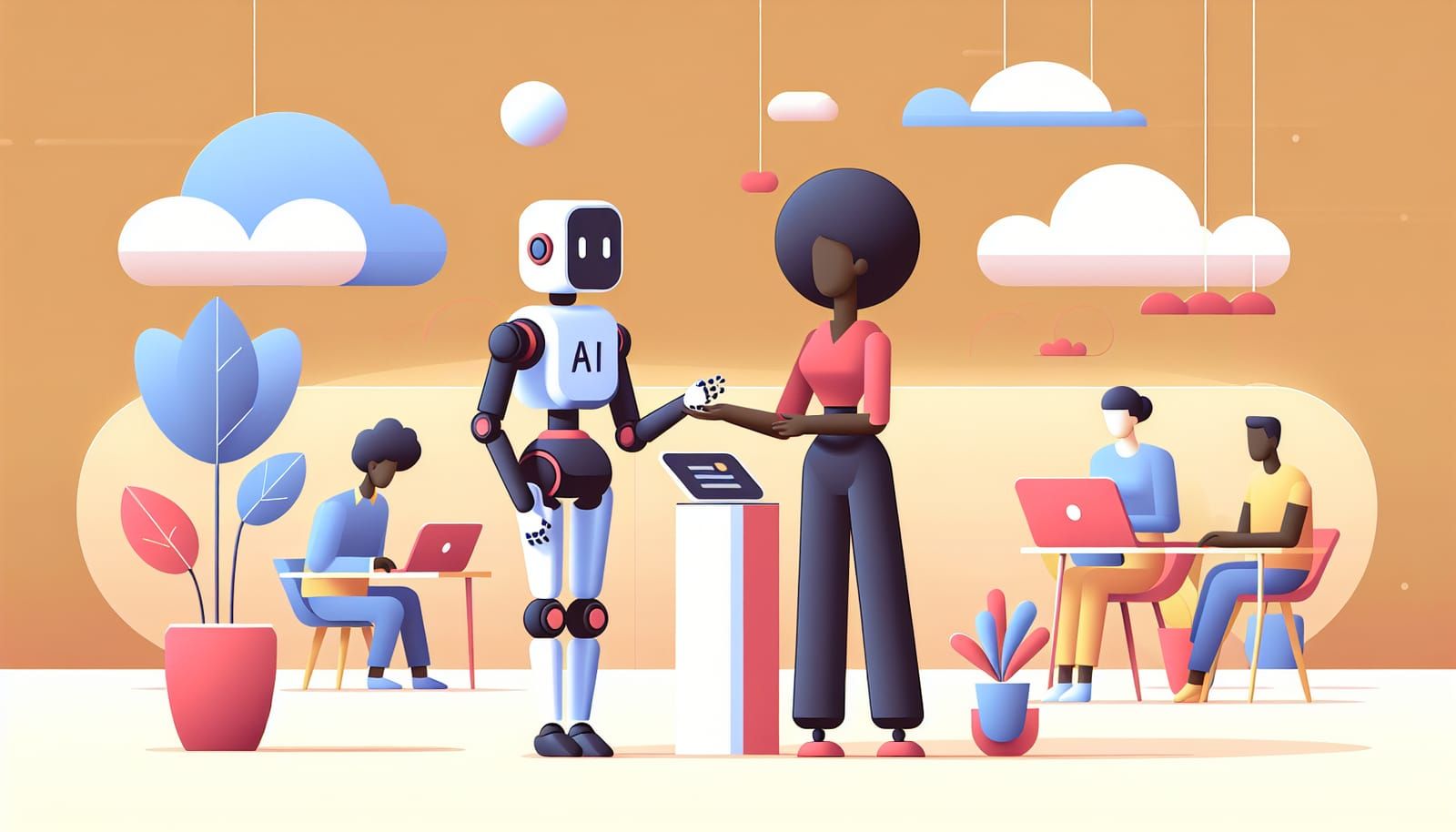In today’s world, technology is evolving at a breathtaking pace, and one of the most exciting developments is the rise of Artificial Intelligence (AI). While many of us associate AI with robots or self-driving cars, its impact stretches far beyond that. One of the most heartwarming and transformative applications of AI is in the realm of accessibility for people with disabilities. This article explores how AI is breaking down barriers, creating opportunities, and empowering individuals to lead more independent and fulfilling lives.
Understanding Accessibility and Disability
Accessibility refers to the design of products, devices, services, or environments for people with disabilities. Disabilities can be visual, auditory, cognitive, or physical, and they can affect a person's ability to perform everyday tasks. When we talk about making the world more accessible, we’re discussing how to ensure that everyone, regardless of their abilities, can participate fully in society.
Imagine a world where everyone can access education, employment, entertainment, and social opportunities, regardless of their physical limitations. AI is playing a crucial role in making that dream a reality.
AI’s Role in Enhancing Communication
One of the most significant challenges faced by people with disabilities is communication. For individuals who are deaf or hard of hearing, traditional spoken language can be a barrier. Luckily, AI is bridging this gap in amazing ways!
For example, AI-powered speech recognition technology can convert spoken words into text, making it easier for those who are deaf to understand conversations. Applications like Google Live Transcribe provide real-time captions for conversations, allowing users to engage more fully in social settings.
Additionally, AI chatbots and virtual assistants can help those with speech impairments communicate more effectively by interpreting their unique speech patterns or providing alternative communication methods.
Visual Accessibility: Seeing the World Differently
For individuals with visual impairments, navigating the world can be daunting. But AI is here to help! With advancements in computer vision, AI can analyze images and videos, providing descriptions that enhance the user’s understanding of their surroundings.
For instance, apps like Be My Eyes connect visually impaired users with sighted volunteers via video calls. The volunteer can see what the user sees and provide assistance, whether it's reading a label or finding their way. Moreover, AI can help identify objects, read text aloud, and even recognize faces, allowing users to interact more confidently with their environment.
Another breakthrough, the Microsoft Seeing AI app, uses AI to narrate the world around a visually impaired person, reading texts, identifying products, and describing scenes. This empowers users to engage with their surroundings in ways that were previously unimaginable.
AI and Physical Accessibility
For many individuals with physical disabilities, performing daily tasks can be a challenge. Assistive technologies powered by AI are paving new pathways for independence. Smart home devices, such as Amazon’s Alexa or Google Home, allow users to control their environment through voice commands. This means that turning on lights, adjusting thermostats, or even locking doors can be done hands-free, providing a sense of autonomy.
Moreover, robotics integrated with AI can assist individuals with mobility challenges. For example, robotic exoskeletons can help people with spinal cord injuries regain some level of mobility, enabling them to stand and walk. This not only enhances physical capabilities but also boosts emotional well-being by providing a greater sense of independence.
Breaking Down Barriers in Education
Education is crucial for personal growth and career development, yet traditional classroom settings can be restrictive for students with disabilities. AI is revolutionizing education by providing personalized learning experiences tailored to each student’s needs.
Adaptive learning platforms use AI to assess a student's strengths and weaknesses, adjusting the curriculum accordingly. This means that students can learn at their own pace and have access to resources that cater specifically to their learning styles. For example, visually impaired students can benefit from audio-based learning materials, while those with learning disabilities can use AI tools that simplify complex texts.
Furthermore, AI can also assist teachers by identifying students who may need additional support, ensuring that everyone has the opportunity to succeed.
The Power of AI in Employment
Finding and maintaining employment can be challenging for individuals with disabilities. However, AI is working to level the playing field. Many companies are now using AI-driven recruitment tools to remove biases from the hiring process. These tools help ensure that candidates are evaluated based on their skills and qualifications rather than their disabilities.
Once employed, AI can assist employees with disabilities in various ways. For example, AI-powered tools can help with scheduling, task management, and even communication within teams. This support allows individuals to thrive in their roles and contribute effectively to their organizations.
The Future of AI and Accessibility
As we look to the future, the potential for AI to enhance accessibility is limitless. Continued advancements in technology will likely lead to even more innovative solutions. Companies and organizations are increasingly recognizing the importance of inclusivity, and as AI evolves, it will be at the forefront of this movement.
It is crucial for developers and businesses to prioritize accessibility in their AI projects, ensuring that everyone can benefit from these remarkable technologies. By fostering a culture of inclusivity, we can create a world where people with disabilities are empowered to live their best lives.
AI is not just a tool for efficiency or entertainment; it is a catalyst for change in the world of accessibility. By breaking down barriers and creating opportunities, AI is empowering individuals with disabilities to lead more independent and fulfilling lives. As we continue to innovate and expand the possibilities of AI, we must remember the importance of inclusivity and strive to ensure that everyone has a seat at the table.
In the end, the true power of AI lies not only in its technology but in its potential to transform lives, making the world a more accessible and equitable place for all. Let's embrace this journey together and celebrate the advancements that are creating a brighter future for everyone!


